
Released by Electronic Arts, Chuck Yeager’s Air Combat remains a benchmark flight simulation game that invites players to test their skills in historic dogfights across multiple eras. With its intuitive controls and authentic physics, the title echoes the strategic depth of Falcon 3.0 while matching the cinematic atmosphere of Red Baron, yet it carves its own identity through the guidance of legendary test pilot Chuck Yeager himself. Whether you choose to play solo campaigns or quick skirmishes, the experience stays gripping, and thanks to modern emulation you can easily play the adventure online across countless devices.
When Electronic Arts launched Chuck Yeager’s Air Combat, the developer tapped into the charisma of an aviation icon whose name already symbolized daring and precision. The game arrived at a time when flight simulators were evolving from purely technical sandboxes into richer narrative experiences, and it bridged those worlds with remarkable finesse. Players step into the cockpits of meticulously modeled aircraft spanning World War II, Korea, and Vietnam, each era reflecting unique tactical challenges. Instead of overwhelming newcomers with impenetrable checklists, the design team focused on intuitive commands that allow the realism to unfold naturally. Chuck Yeager himself delivers spoken guidance, turning tutorials into conversations with a legend and reinforcing the idea that mastery comes from practice rather than menus.
Beneath the friendly tone, the simulation engine hides a sophisticated interplay of aerodynamics, ballistics, and AI behavior. Energy retention in a climb feels faithful, guns spray with historically correct dispersion, and enemy pilots react to pressure instead of flying predetermined loops. The result is a living aerial battlefield where every engagement feels earned, not scripted. This balance of depth and accessibility helped the game appeal to lifelong sim enthusiasts and first-time pilots alike, setting a high bar that competitors would chase for years.
Although the original disks have long since become collectibles, modern emulation keeps the skies open. Thanks to browser-based DOS emulators, you can play Chuck Yeager’s Air Combat online free of charge, with no downloads or account restrictions. The technology runs smoothly on laptops, desktops, and mobile devices, translating keyboard commands into touch gestures when necessary. Because the code base is compact, loading times are almost instantaneous, letting you jump into a mission during a coffee break or a commute. Multiplayer was never an official feature, yet score-chasing among friends remains fiercely competitive, and the online format makes sharing high-water marks effortless. Most importantly, the core design still feels immediate: slide your finger or press a key, and the aircraft responds with the same expressive physics that captivated players in the nineties.
By removing hardware barriers, the online edition highlights how timeless mechanics eclipse graphical fidelity. Clouds may be drawn in flat textures, but situational awareness develops from audio cues and cockpit instrumentation, not particle effects. In turn, this teaches modern audiences that compelling gameplay survives technology cycles. A tight roll near the deck or a perfectly timed vertical loop delivers exhilaration independent of polygon counts, and the browser window becomes a portal to aviation history rather than a downgrade from current-generation visuals.
Beyond single-mission thrills, Chuck Yeager’s Air Combat weaves an understated narrative through its branching campaign structure. Players pick an era, select a squadron, and face escalating sorties with consequences that ripple forward. Lose too many wingmen in one battle and replacements arrive late, forcing tactical conservatism in subsequent engagements. Ace an objective swiftly and command entrusts you with more ambitious strikes, evoking a sense of momentum seldom matched even today. The game never locks you into a rigid storyline; instead, it treats history as a sandbox of possibilities, celebrating individual agency while honoring real-world events.
Voiceover debriefings bolster immersion without veering into melodrama. Chuck Yeager recounts anecdotes, praising daring maneuvers or admonishing reckless dives, making each sortie feel like a personal lesson from a mentor. This light narrative scaffolding grounds the action emotionally, reminding pilots that behind every blip on the radar lies a human story. It is a narrative template that later titles, from modern combat sims to space dogfighters, still emulate in spirit.
A hallmark of excellence is how a game influences vocabulary; to this day, seasoned sim players reference a “Yeager Split” to describe an aggressive disengagement maneuver learned here. That cultural footprint stems from cockpit ergonomics that remain intuitive decades later. Throttle and elevator trim share logical keys, gun convergence aligns with line-of-sight, and radio chatter punctuates critical moments rather than drowning them. Mastery involves reading engine torque, managing ammo bursts, and exploiting situational altitude, yet none of these layers intimidate because feedback loops are immediate. The more risks you take, the more valuable Yeager’s counsel becomes, subtly nudging you toward safe but daring flying.
Technically, the DOS-era code has aged gracefully. Vector-based horizon lines keep frame rates steady even on modest hardware, while the sound design—minimalist but crisp—lets Merlin engines growl under stress and jet turbines whistle during dives. These practical choices reveal a studio aware that consistency outlives spectacle. As a result, the game invites countless replays; the Korean Sabre dogfight feels worlds apart from a Vietnam Phantom engagement, yet each scenario employs the same control vocabulary, reinforcing muscle memory across time periods.
Chuck Yeager’s Air Combat proves that authenticity and entertainment are not opposites. By respecting physics and pilot psychology, Electronic Arts delivered a simulation that doubles as a compelling action game, ensuring broad appeal. Whether you are a veteran simmer seeking nostalgia or a newcomer craving a taste of aerial history, the title offers an evergreen playground for skill growth and storytelling. Take off, pursue the edge of the envelope, and discover why legends never truly land.
Chuck Yeager’s Air Combat stands as a timeless flight simulation game that merges educational insight with pure dogfighting thrill. Standard controls map pitch and roll to the arrow or numeric keypad, power to throttle keys, and weapons to intuitive buttons; on touch devices, virtual overlays replicate the same layout. Within minutes, pilots can bank, zoom, and fire with confidence, yet the ceiling for tactical nuance remains sky-high.
All used codes are publicly available, and the game belongs entirely to its original authors.
Share game
Share game
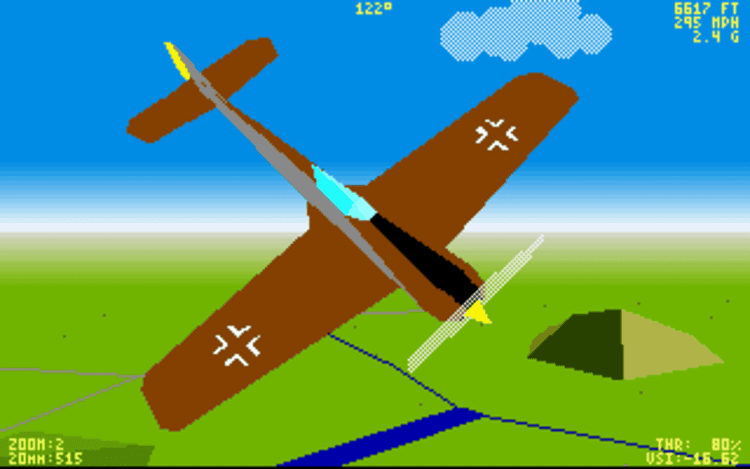
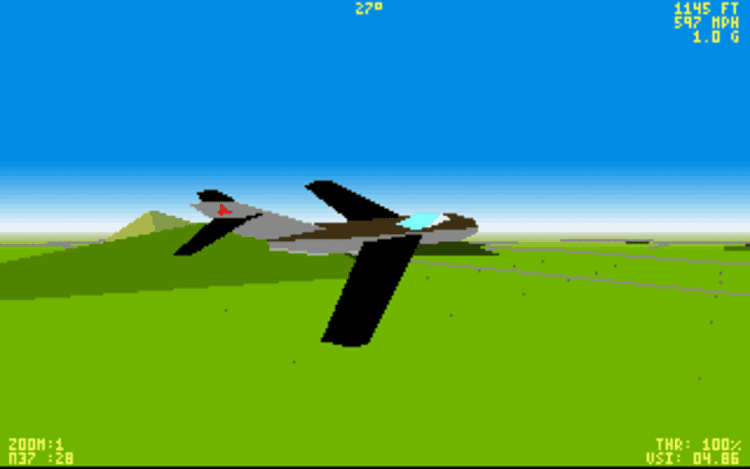
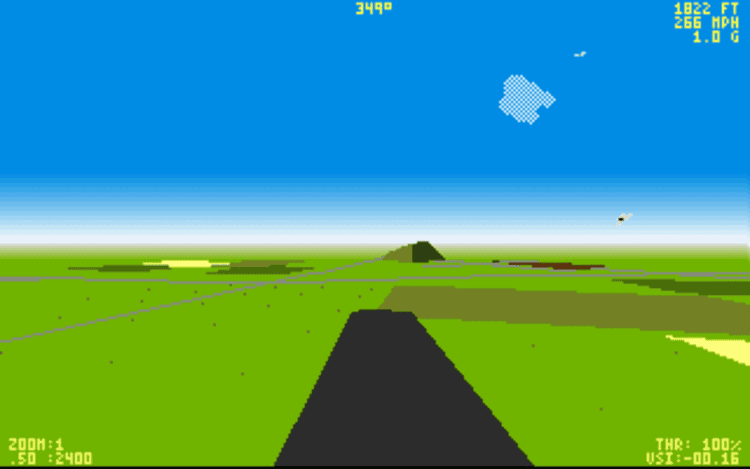
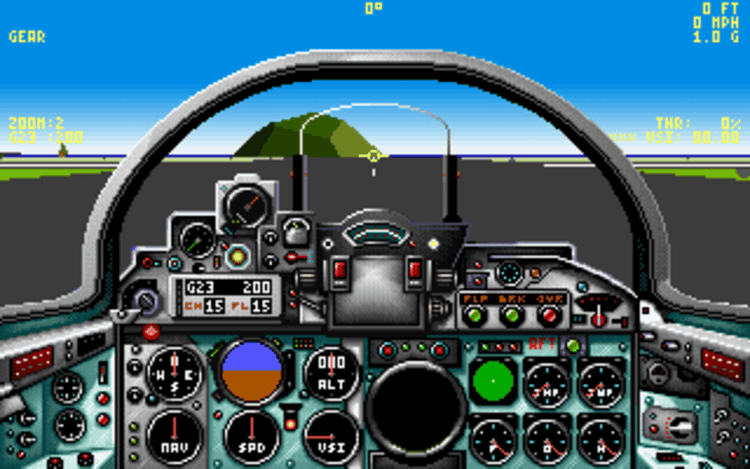
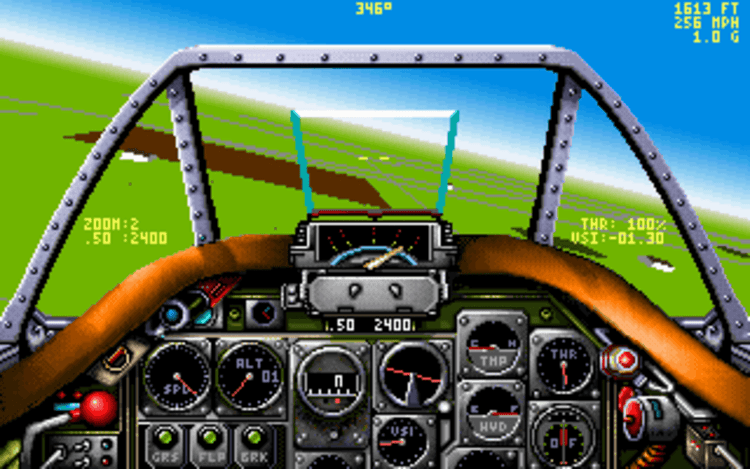
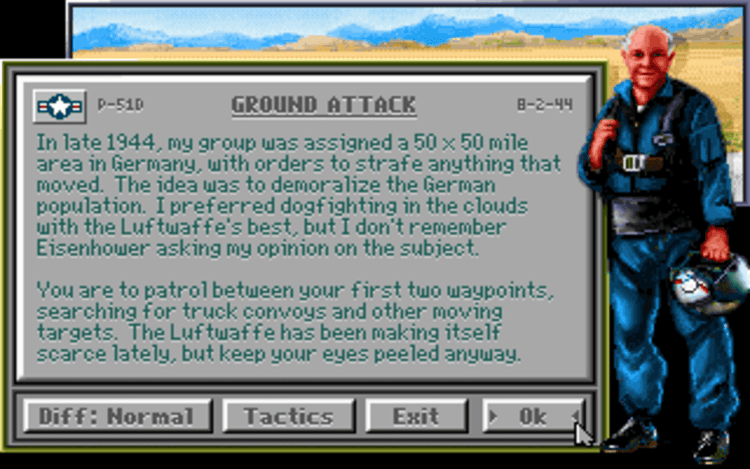
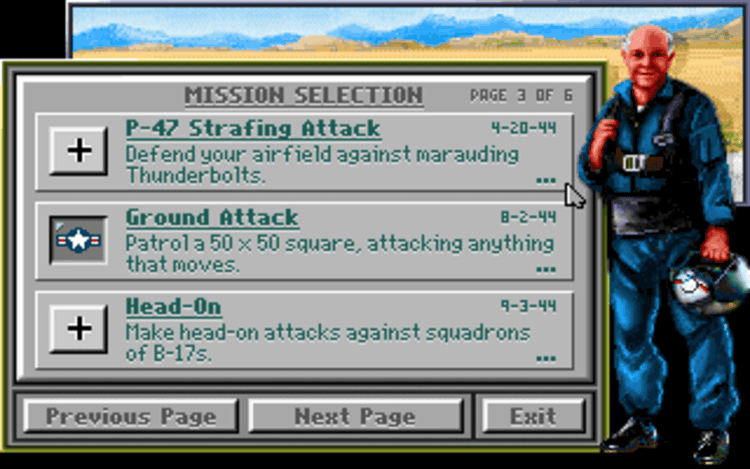

Share game